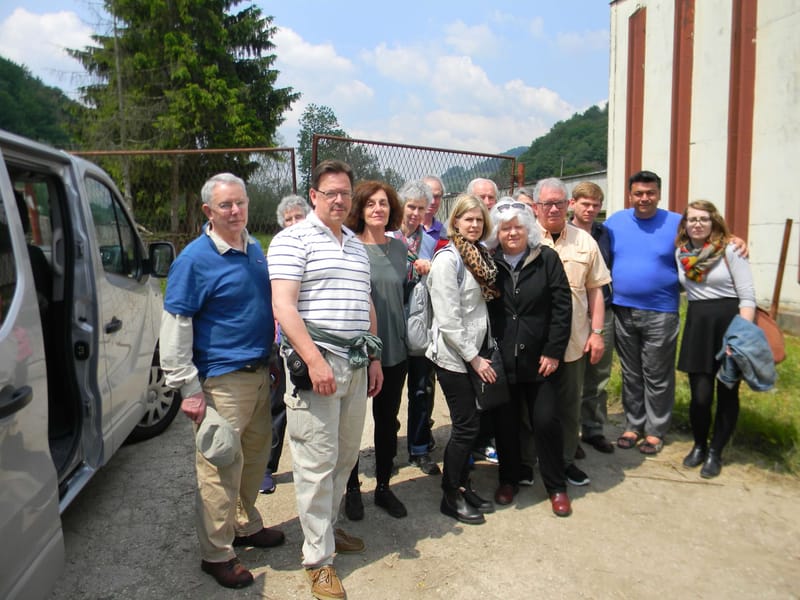Genocide Classroom Presentations

The Human Problem of Genocide
April is Genocide Awareness and Prevention Month in the State of NH. What is required to recognize, deter and prevent genocide? What is genocide? When do processes become part of a genocidal momentum? How do we prevent the escalation? How do we identify moments in the process where intervention (any type) can change the momentum? What can we do to make a difference? We will discuss the U.N. Genocide definition, genocide risk factors, and warning signs. We will explore proactive and reactive responses. We will also wrestle with the tension between the moral imperative to act and the principles of nonintervention and state sovereignty. This presentation seeks to empower students to recognize attitudes and behaviors that can progress and escalate towards mass atrocity and make them culturally unacceptable.
Bosnia-Hercegovina: Remembering Genocide
Yugoslavia was a federation of multiethnic and diverse Republics, Bosnia more than any other. Yugoslavia had remained neutral during the Cold War (US vs. USSR). As the Soviet Union collapsed in the 1990s, Yugoslavia also unraveled. Multi-party elections fueled nationalism. Serb leader Slobodan Milošević embarked upon a project of creating a “Greater Serbia” as Croatia’s new leader Franjo Tuđman sought to expand a “Greater Croatia.” After initial setbacks and wars against Slovenia and Croatia, Milošević collaborated with Radovan Karadžić’s Army of the Republika Srpska (Bosnian Serb break-away “republic”) to inflict “ethnic cleansing” and genocide. What role did the United States, the United Nations, and the European Community play in enabling these crimes? What can we learn about the process of genocide and our responsibility to intervene and prevent? This presentation confronts the nationalist myth of “Balkanization” (that hatreds and identities were historic, tribal, and intractable) that was used to keep Western powers from intervening. It will explore the escalation of violence and the targeting of Bosniaks and specifically the genocide inflicted on Muslim males at Srebrenica. How did the Dayton Peace Accords stop the fighting, but solidify divisions and corruption? Why and how must we confront this difficult history and develop a common historical narrative in order to build a better future? What can Bosniaks teach us?
Cambodian Genocide (1975-1979)
Examining the risk factors for violent and genocidal violence we examine the collapse of Prince Sihanouk’s Cambodia in the context of the U.S. involvement in the war in Vietnam. How did governmental corruption, class warfare, and the violence of war contribute to the rise of the Khmer Rouge? Who were the Khmer Rouge and how did they conduct genocide? What are genocide’s early warning signs and how do we make a transition to peace in a post genocidal society?
Guatemalan (Mayan) Genocide
The Guatemalan Civil War (1960-1996) created an escalating military response to insurgency that would evolve into the genocide of the indigenous Mayan population. This presentation explores the influence of U.S. interests during the Cold War (including the United Fruit Company, the CIA, the School of the Americas) in undermining democracy by supporting military dictators in their fight against Communism. How did this genocide occur in plain site? How does escalating violence and human rights violations lead to mass atrocity? What were the accelerants leading to mass atrocity and eventually genocide? How and why was the U.S. complicit and what lessons were learned? How can U.S. support of democracy and justice help Guatemala confront not only its past but its chaotic and violent “post” genocide society?